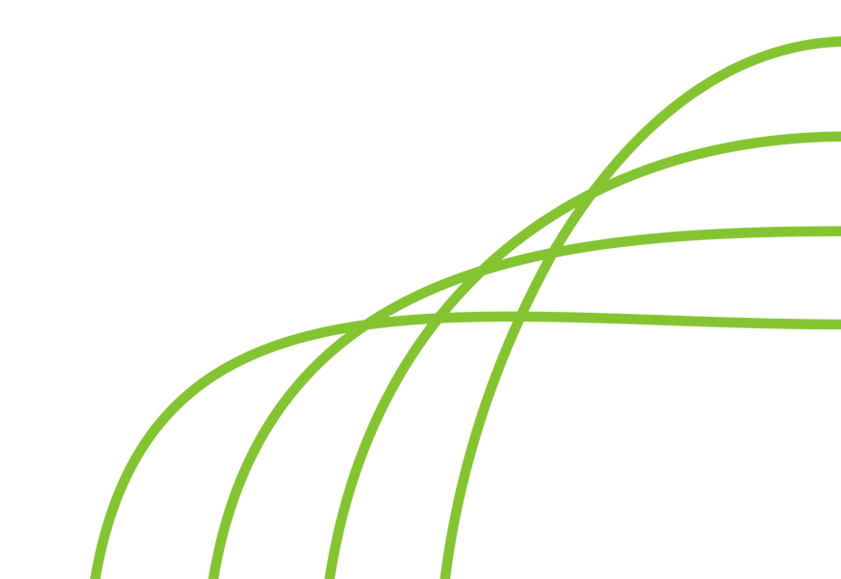Demand Planning is a complex discipline. What at first sounds like a relatively simple question — “how much do we need to order when?” — conceals a vast array of considerations that a business needs to take into account in order to properly manage their inventory and supply chain.
While a full demand planning process is made up of several steps, in almost all cases it begins with a baseline demand forecast. This represents the business’ first attempt to quantify how much of a given product they’ll need in a certain timeframe. As you might expect from a process as old as the supply chain itself, there have been countless different methods employed to generate these forecasts. From simple statistical methods (let’s look at the three month moving average), to tried-and-true forecasting methods (Holts-Winters), to advanced applications of machine learning there is a massive toolbox that can be used to generate forecasts. However, each of these methods typically has a drawback, and can’t be used in all cases. That’s why we at Nousot have come up with our own unique approach to building a better forecast.
Nousot’s Demand Forecasting Framework
When we set out to create our demand forecasting framework we had a few clear objectives:
First, we wanted to bring the best possible combination of techniques to bear on the problem. Since there is no “best model” this meant creating a framework that would allow us to flexibly leverage different techniques for different time series and datasets. The goal of our framework is to always select the best tool for the job at hand, rather than trying to create a single perfect solution.
Second, we wanted to create something that considered the actual needs of the business stakeholders who consume the forecasts. This was accomplished through implementing our “metric weighting” approach.
Finally, we wanted to create something nimble enough to promote and reward experimentation. Everyone’s data, order requirements, and business is different and what can be done to get the best possible forecast will never be exactly the same twice. The ability to quickly test, run, and validate a wide range of forecasts is essential to driving an optimal outcome.
Modeling Approach
When designing our modeling approach we were committed to letting the error and validation metrics lead us. We had seen success in leveraging deep learning techniques on many problematic time series, but also knew that there were many instances where alternate modeling techniques could provide better results.
In order to account for this we set up a staged modeling approach. When running a new forecast we first train a deep learning model on all of the available time series. This approach has several advantages, the most notable of which is that the model has a chance to learn trends across the entire dataset. This is particularly useful for slow moving or erratic SKUs, who may not have sufficient data to model with a traditional forecasting approach. This approach often generates strong baseline results and runs very quickly and efficiently.
After the deep learning approach has been run, we then look at the series that suffer from weaker performance. For these series we leverage a dynamic model search which automatically attempts a variety of modeling techniques to understand what might drive better performance. The best performing model from this search is then compared to the deep learning results, and we choose the best performing model for that time series.
In summary, our approach leverages a mix of deep-learning approaches and a smart search function that considers statistical methods to dynamically find the best modeling approach for your specific data, ensuring that each SKU has the most accurate demand forecast possible.
Business Alignment
If you’ve spent any time in the world of Demand Forecasting you’re likely familiar with the two common metrics to evaluate forecast performance; Mean Absolute Percentage Error (MAPE) and Bias. These are very useful and common metrics for evaluating if a forecast performs well, but when businesses focus only on these metrics they miss out on opportunities to generate forecasts that are more closely aligned with their specific goals.
For instance one business might have a preference towards forecasts that err on the side of over ordering versus under ordering. In our approach we are able to provide a “metric weighting” to the model that will encourage the model search to take this objective into account, creating forecasts that more seamlessly reflect the goals of the business. Ultimately this means more usable baseline forecasts that require less modification and intervention at a later stage in the demand planning process. These objectives will be baked into each run of the model, so whether you rerun your forecasts monthly, weekly, or daily you’ll get forecasts that align to your business goals without requiring time-intensive manual adjustment. This may even allow you to rerun forecasts more often, reacting more quickly to changes in the market.
If a business is more concerned with maximizing fulfillment, we can weight the forecasts to favor Mean Logarithmic Error—a metric that punishes underestimation. If they are looking to run a leaner inventory, we can weight Inverse Mean Logarithmic Error and do the opposite. If they are interested in maximizing the accuracy of their topline forecasts we can weight mean absolute aggregate error. There are more than ten distinct metrics that we can evaluate that reflect different business objectives. Part of what makes our approach unique is that we work with the business to identify the right mix and put those weights into an automated process ensures that the forecasts we’re generating are not just statistically accurate, but actually align to your strategic objectives.
Agility and Experimentation
While our approach to demand forecasting offers a wide and powerful toolbox, understanding and utilizing the best tools available to you still requires experimentation. For this purpose our entire framework is built around quickly running different forecasting experiments, quantitatively measuring the impact it has on the overall forecast performance, and then continuing to build towards a best performing approach that is specific to your business.
In order to accomplish this our package has been optimized to run quickly even when testing a wide variety of modeling techniques and parameters. Across a few weeks our team often runs hundreds of unique experiments with different outcomes.
Based on the needs of the business these experiments need not be limited to model and parameter selection. Our team can also run experiments looking at different external factors, seamlessly integrating them into the forecast and providing quantitative analysis of whether their inclusion improves overall forecast accuracy. Nousot maintains a wide array of datasets and forecasts that we can immediately plug into our experiments—ranging from US gross domestic product (GDP) to average rainfall—which helps to accelerate the experimentation process.
What Comes Next?
At Nousot we’ve spent our entire careers in the field of data and analytics and we’ve learned that there is no single, perfect solution for a given problem. In fact many of the engagements we’ve taken on have to do with improving an existing solution that is delivered via “off-the-shelf” software. The Nousot Demand Forecasting approach is meant to blend the best of services and software to create a flexible, dynamic framework that delivers optimized solutions for your business.
If you want to better understand how to align your forecasts to your strategic objectives, how to measure and quantify forecast impact, or just improve the overall efficiency of your supply chain we are happy to help. Reach out to learn more about our offerings and approach.


